Interview with landscape photographer
Biswaraj Das
The monsoon sky and the serenity of the aura filled in landscape photographer Biswaraj Das an urge to lift up his camera and start making photographs.
Interviewed by Debarshi Das
Photographs by Biswaraj Das
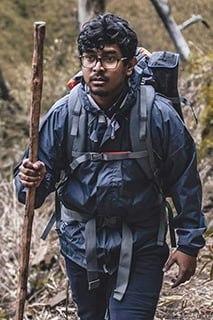
Biswaraj Das
A landscape and astrophotographer hailing from the northeastern part of the country, Biswaraj, as a child, always loved to watch and observe his father clicking images even though those were mostly family portraits. His first digital camera, received in the tenth standard, was extensively used by him for clicking flowers and insects but due to boards and exam pressure, photography was stopped by him at that point. Later in 2015, he moved to Silchar for his studies as he got admitted to NIT Silchar, thereafter the journey as a landscape and astro-photographer began for him. Every genre of photography was attempted by him, but he got pulled towards this genre by the beautiful dusk and dawns along with the mesmerizing night skies of Silchar. Bit by bit, some of the famous landscapers of that region were introduced to him who inspired him a lot. Gradually, Biswajit travelled to different places in India to capture the vastness and moods of mother nature.
In this interview for Exposure, Biswaraj talks to our editor Debarshi about his journey of photography.
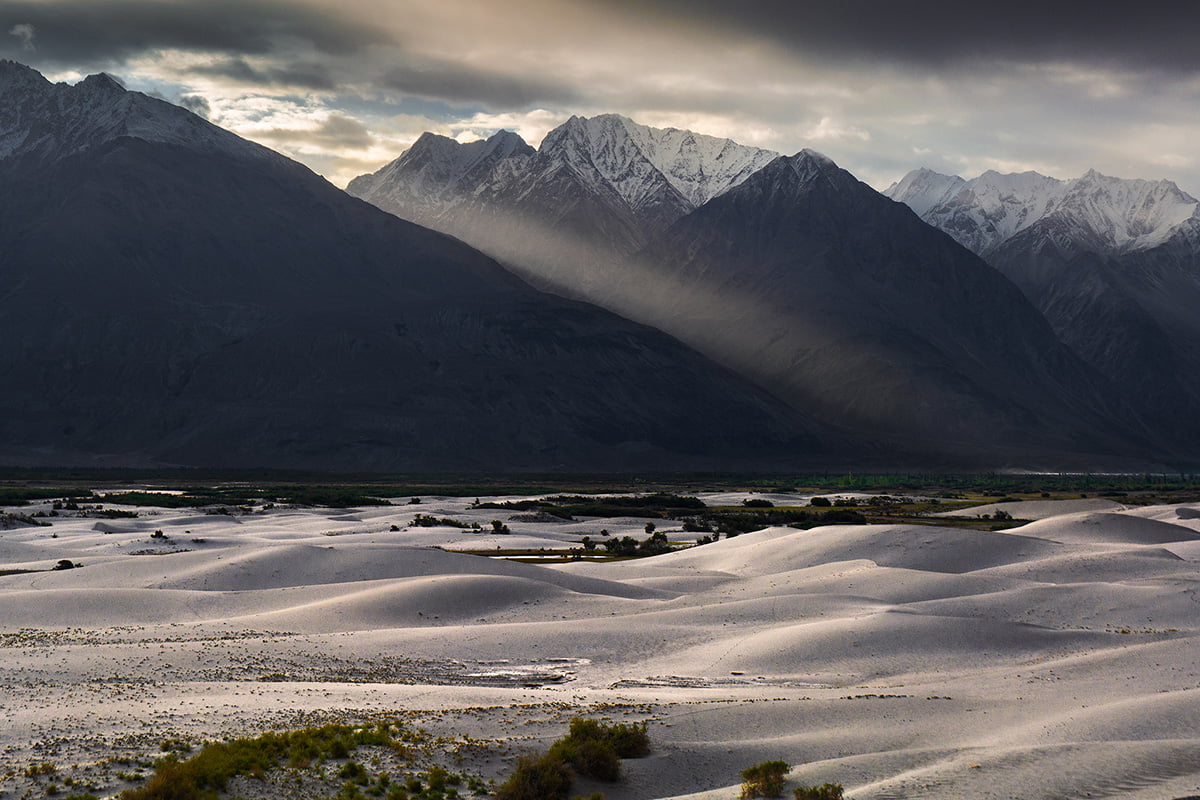
1. I want to start from the beginning, how did you get involved in photography? Tell us about your journey of photography. Is there any childhood memory that inspired you to take photography seriously?
So, from my childhood onwards, I carried an inclination towards clicking photographs, we had a Yashica camera at that time and I used to watch my dad clicking images though mostly our family images. Eventually, when I was in 10th standard my father bought a point and shoot camera, from there the seed of photography got germinated inside me. Then when I moved to college, I did receive my first DSLR. Thereby, I joined the college photography club. In due course of time, I got in touch with many photographers who helped me to understand the basic science behind this art.
2. So you became a Landscape and Astro-photographer. How has nature played an important part in shaping the photographer you are today?
Nature really played a significant part in my photography. As a person, I always preferred to be in a quiet place. The area around our college is surrounded by lakes and wetlands. During the twilight hours, post completion of my classes I used to spend my lone time there. During monsoon, almost every evening the sky use to get filled with vibrant colours. I felt so peaceful inside looking at that beautiful nature which encouraged me to take up my camera and start photographing.
3. What’s the most important thing that makes a great landscape photograph? Is it the same as making a great photograph in general?
For me composition, light, location, shooting at the right moment and post processing. These are the most important steps in every genre of photography.

4. Every photographer has some inspirations, whose works have inspired you the most?
Marc Adamus, Daniel Kordan, Micheal Shainblum, Ryan Dyar inspire me everyday to create good photographs.
5. “Gear plays an important part in every genre of photography”; how much truth prevails in this statement and especially in your kind of photography is does gear really matter?
I can’t deny the fact that gears don’t matter in photography. If I ask someone to shoot a portrait of a bird who possess a wide-angle lens then that job would become very difficult. But that doesn’t mean that gear is the predominant factor in photography, it’s one of the many factors in this beautiful art form. We need to understand our gear very well in order to make a good image. Our eyes, brain and heart should be in sync with the shutter sound of the camera.
If I speak about my genre, I use a crop sensor body, a wide-angle lens from Tokina providing f/2.8 aperture, a mid-range focal length lens and a telephoto lens. These are considerably less expensive than full frame gears. I have learned this in due course that if you know the proper techniques then in any genre of photography you can manage to shoot and create good frames, keeping in mind the adaptive capacity of gears.
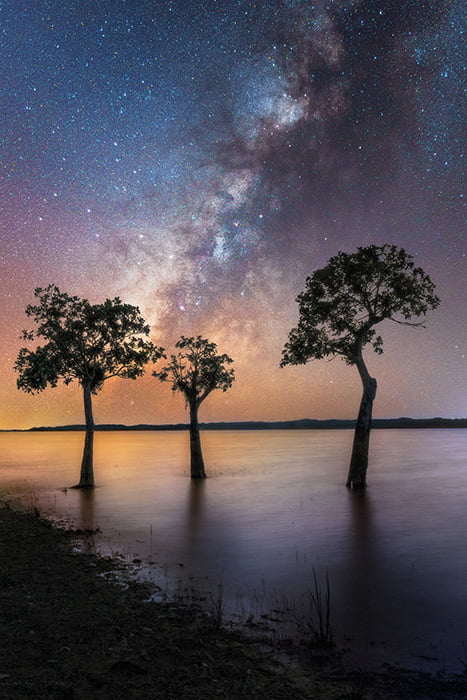
6. What is your perspective on colour and monitor calibration? Do you think calibration is important for a serious photographer?
It’s a very serious topic that many photographers miss. During my initial stages, I did face problems due to screen calibration. Whenever I used to process the image in my laptop and then bring it on my phone the picture would look completely different. That’s totally due to colour calibration issue that I learned at later phase of my photographic journey. So, people should consider this aspect to be the main issue as the final output is the one that the audience gets to see, and just because of colour calibration all your hard work might go in vain.
7. What is your dream project and to what extent you can go to pursue the same?
I have a dream to cover the different pristine valleys of India, as I am heavily influenced by the western landscape photographers. I want to showcase the untouched valleys and mountainscape in our country, which do carry the potential of making great landscape photographs.

8. Have you thought of organizing photo workshop exploring hidden gems in interior and offbeat regions of Northeast India, as you have been very much acquainted with those areas?
Yes, I have been thinking about this but as a long-term goal. There are a lot of places in north-eastern part of India where every photographer might experience a whole new different set of perspectives.
9. “Previsualizing the frames before arriving at the sites”, does this help? If yes, how?
Obviously, I feel that’s the most important part whenever I am going for a shoot to an unknown scape. Let’s take an example: if I decide to photograph Iceland and don’t know what I will be shooting there, then there might be a chance that some necessary equipment might be left out or I might be carrying unnecessary gears which won’t be of any help. Now let’s consider a classic example of shooting waterfall, I will pack my gear accordingly. In a nutshell, photographing an unknown location needs loads of research and study apart of gear acquisition and camera settings.
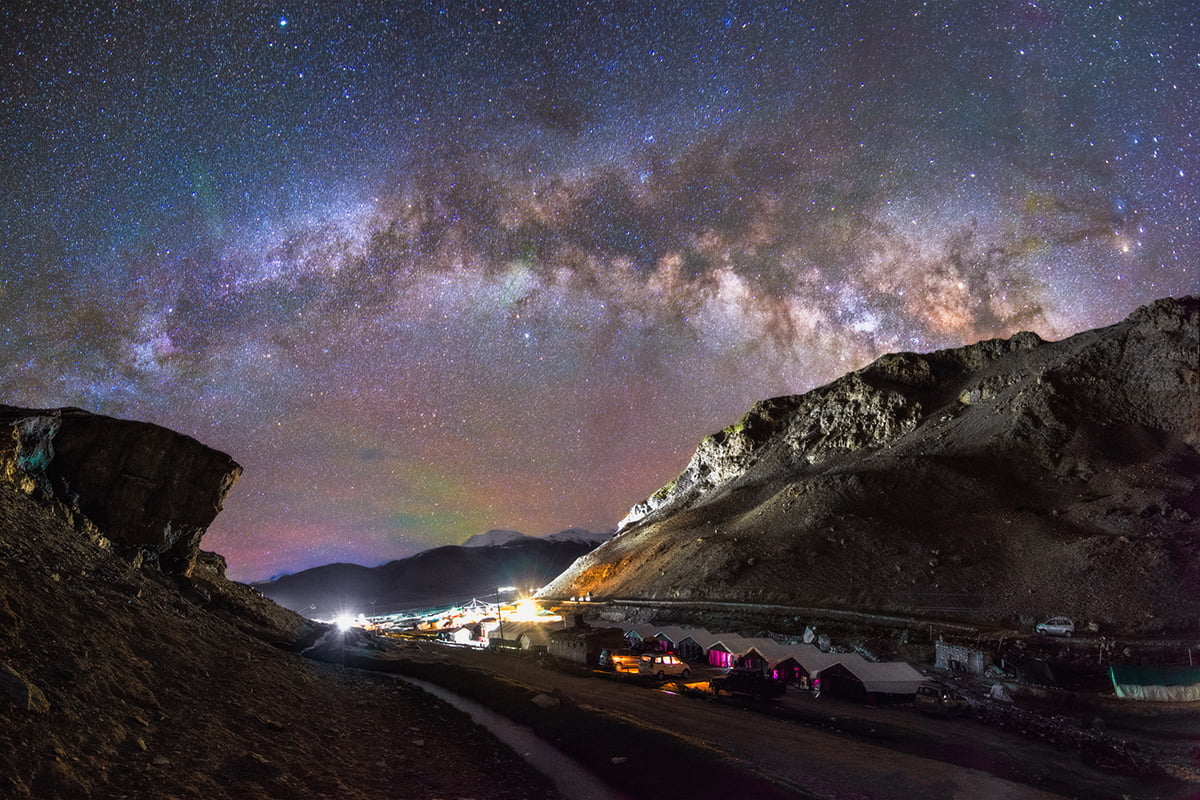
10. “Fusion photography has been playing an important role in broad genres of photography. Fine art can be landscape as well as fashion.” What is your view on this?
I have been thinking a lot on fusing landscape with fashion. Recently, I have come across many photographs which have left me in awe. I carry a huge inclination towards fine art in landscape segment, but I am yet to try and experiment on the same.
11. Now let’s go into social media aspect of photography. What are your personal thoughts on Instagram as an image-making tool? Is it really helping in extrapolating talents, and playing a significant role in shaping the future of photography?
I find Instagram more of image sharing tool to connect with a mass audience. On one hand, Instagram has helped to find and connect with brilliant photographers from whom you can learn a lot and on the other hand, there are a lot of images on Instagram which goes with trends rather than actual photography, and mostly the people new in photography gets deviated from the actual art.
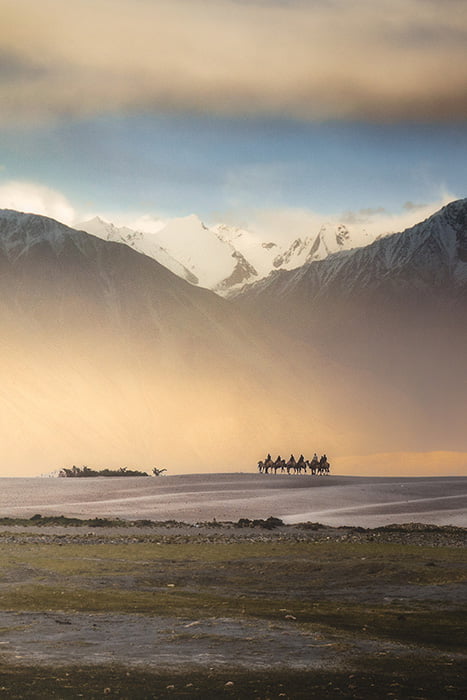

12. Nowadays learning from YouTube is trending; do you think it really helps to improve someone’s skills by seeing YouTube? Help us to understand what’s your point of view on these two important media of learning?
YouTube is a great platform to learn various things with respect to photography. I have learned many techniques from YouTube during my initial days in photography. During my earlier image making experience of waterfalls, I had extensively watched YouTube for learning about correct gear, shutter speed and aperture as well as the post processing techniques which helped me a lot during later stage of my photography journey. But once you get used to gears and its technical character, it becomes much easier down the line. Apart from YouTube these days many renowned photographers have their paid tutorials which are of greater help in order to learn in depth processing techniques.
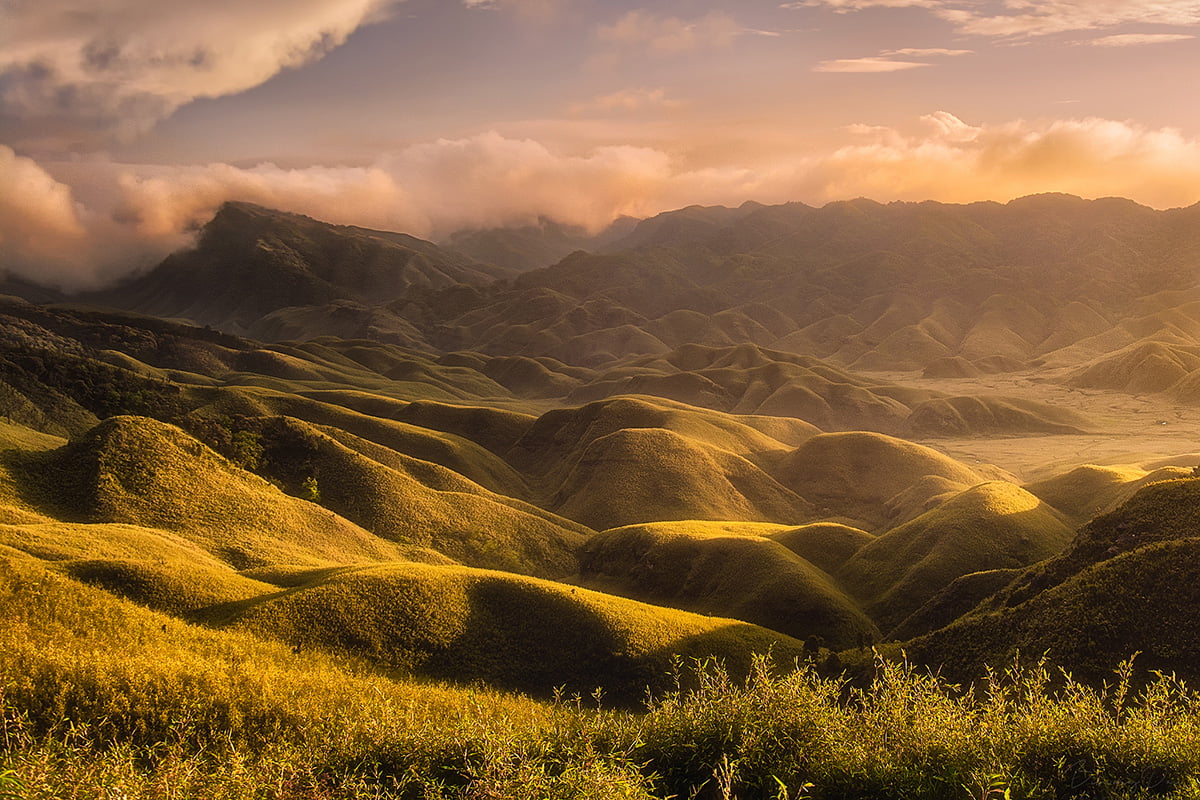
13. As you mostly shoot landscapes, can you please share your post-processing workflow with us?
I work with photoshop most of the time. First, I take the image on camera raw, and then start adjusting the global adjustments such as exposure, highlights, shadows, white balance, blacks and whites depending on the scene. Then, I move to the hsl panel and start correcting little bit of colour. Finally, I check the lens correction option and the defringe option, then move back to photoshop. Inside photoshop, I work on selective basis with help of masks, luminosity masks, colour masks or saturation masks. It’s the place where slowly I build up the image as per my imaginations as well as the original scene. I add more contrast and black in the foreground, then in mid ground I drop them and in background drop it to give the image a separation of foreground, mid ground and background. In the end, I prepare for the web upload.

14. You shoot in RAW and process your images on your own. What do you think about the limit of post-processing in your opinion that you keep in mind while processing?
Processing an image is the most challenging work. As a beginner, I used to over process the image. The main idea is to keep the image as close to real with a of touch our imaginations onto it.
15. Being a Landscape and Astro-photographer, I assume you have experienced lots of gear selection dilemma before the shoot. How do you prepare yourself and what suggestive measure do you want our new generation landscapers to keep in mind?
I carry a crop sensor camera and an all-around ultra-wide lens. For my set up, the only lens available that provides f/2.8 is Tokina 11-16. So, this lens became my go-to lens for astro as well as landscapes. So, if anybody wishes to do landscapes as well as astro, I would suggest them this lens for crop sensor body. Apart from this lens, I always carry mid-range and telephoto lens for far away scenes.
An important tool is Neutral Density filter. While choosing ND filters, one should be clear what scenes they are going to shoot irrespective of location and light conditions. Apart from ND, a polariser is a must to carry in cases of harsh light, it helps to cut off unnecessary reflections. The final and the most important gear is a sturdy tripod, without which every frame can go in vain.
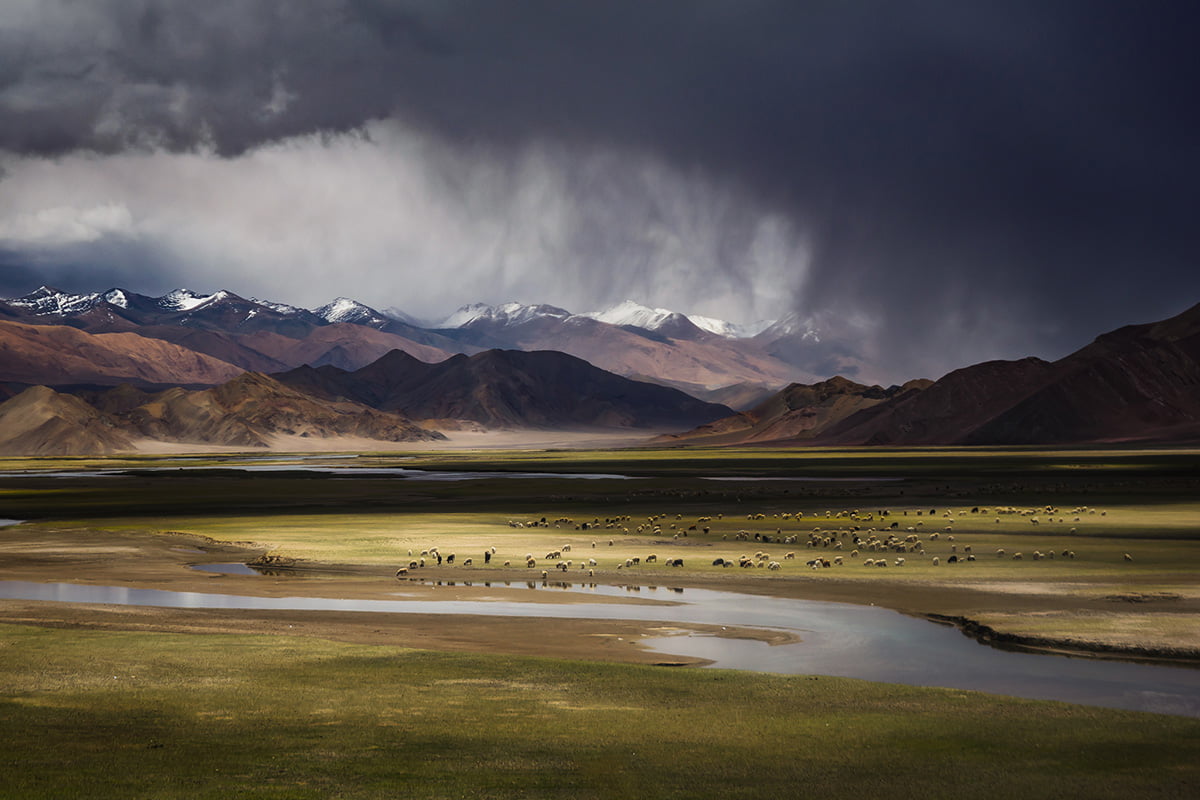
16. What advice would you give to someone who has just getting started with landscape photography?
I would say go out and shoot as much as possible. That’s the only way to learn composition, understanding different lighting conditions. Other thing, that I would suggest is to study frames taken by renowned photographers, that way one will get the idea of varied compositions and eventually can ask question to oneself why such composition have been chosen by them.
The article has been edited by our editor Amrisha Saha.
